Automated policy building using artificial intelligence
With the advancement of artificial intelligence tools, developing corporate policies is no longer a traditional manual process. Instead, they can be intelligently and flexibly created and developed. By analyzing previous policies and generating new drafts based on the actual context of the organization, organizations can create updated, compliant, and effective policies—without having to start from scratch or rely solely on human judgment .
First: Analyzing previous policies and proposing improved formulas
AI-powered systems are now able to read and deconstruct outdated policies, identifying recurring patterns and weaknesses within them. Using text analysis and context detection techniques, these systems can identify gaps such as duplication, ambiguity, or conflict with other regulations .
Based on this analysis, improved alternative formulations are proposed that are clearer and more consistent with modern standards. For example, if it is observed that the "exceptional leave" policy does not cover hybrid work situations, the system proposes a linguistic and structural amendment that addresses this gap while maintaining consistency in regulatory terminology .
Second: Generating automatic policies based on context
Instead of starting from scratch, AI algorithms enable the generation of new policy drafts based on actual operational data, such as management structure, task allocation, local legislation, and current compliance levels .
These systems integrate various data sources and analyze the organization's organizational context, producing immediately actionable results—whether a cybersecurity policy for a remote organization or a supplier policy aligned with government procurement regulations .
These drafts are customizable and human-editable, yet provide an intelligent foundation that saves time and reduces errors .
Third: Practical examples - remote work policies or automatically generated privacy
- Remote work policies : Using system access patterns, completion rates, and team distribution, the system can create a policy that defines who is entitled to work remotely, when, and under what conditions, along with monitoring and evaluation mechanisms .
- Privacy and data protection policies : Once you enter the organization's geographic location and the nature of the data being processed, the system generates a privacy policy that is compliant with laws such as GDPR or local regulations, including provisions for processing, retention, and the right to be forgotten .
- Regulatory Compliance Policies : In organizations subject to ongoing scrutiny, AI can create policies that cover legal obligations based on actual practices and regulatory requirements .
AI Application Monitoring
While corporate policies represent the framework governing business, their true value is only realized through practical implementation on the ground. This is where artificial intelligence (AI) comes in, offering a paradigm shift in compliance monitoring and procedure implementation. It not only records actions, but also understands, analyzes, and alerts any deviations .
Smart monitoring systems are no longer limited to providing subsequent reports; they have become active tools that operate in real-time, monitoring, interpreting, and issuing warnings before errors escalate into crises. This opens the door to more precise governance and immediate, data-driven responses .
First: Compliance tracking and early warning systems
Artificial intelligence doesn't just formulate policies; it also monitors their implementation in real-time. By integrating with databases and system logs, advanced algorithms analyze organizational behaviors and compare them to approved procedures .
When any deviation occurs—such as an unauthorized action, exceeding a financial limit, or repeating an incorrect procedure—an early warning system is activated that immediately notifies the relevant authorities. This reduces reliance on periodic manual audits and gives organizations the ability to act proactively rather than reactively after the damage has occurred .
Second: Integration with operational systems to detect deviations.
The effectiveness of intelligent monitoring lies in linking policies directly to daily operational systems such as human resources, procurement, and project management systems .
For example, if a policy requires line manager approval before disbursing any bonus, the system automatically detects any disbursement without the necessary approval, classifies it as a "policy violation," and initiates an automatic verification or suspension procedure .
This deep integration makes policies "live," realizing and evolving within the actual operational context, not just as written texts stored in an internal manual .
Third: Practical example - Monitoring purchases that are not in compliance with policies
In an organization that implements a policy stipulating that direct purchases cannot exceed a certain financial limit without committee approval, the AI system automatically analyzes purchase invoices and compares them with the approvals log .
When a purchase is detected exceeding the permitted limit without documented approval, the system triggers an immediate alert to the control or internal audit department, with details of the transaction and the executing entity .
The system can also provide an automatic recommendation to temporarily suspend the transaction with the supplier or freeze the transaction pending verification, reducing financial waste and improving governance .
Ethical and Regulatory Challenges of AI-Enabled Policies
Despite the significant advantages offered by AI systems in policy formulation, monitoring, and evaluation, this transformation poses a set of ethical and regulatory challenges that cannot be ignored. Successful implementation of this intelligent model requires a delicate balance between technical proficiency and human controls .
First: Transparency and interpretability
One of the most significant challenges is understanding how AI systems make decisions. If a system recommends modifying a policy or withholding a particular action, there must be a logical and clear explanation for that decision, especially in work environments that require high accountability .
Relying on "black boxes" AI can lead to internal resistance or a loss of trust in the system, so systems must be designed to explain the reasons for their decisions in an understandable way .
Second: Maintaining human flexibility
No matter how advanced artificial intelligence becomes, human flexibility remains an irreplaceable factor. Certain policies require a sense of management and situational awareness that cannot be automated .
Therefore, systems must be designed to support, rather than replace, decision-makers by providing recommendations and suggestions without imposing rigid or unquestionable decisions .
Third: Legal compliance and data protection
The adoption of artificial intelligence in data analysis and regulatory decision-making requires strict compliance with local and international laws, particularly those related to privacy and personal data protection ( such as the GDPR).
All automated processes involved in policy development or monitoring must be ensured that they do not violate individual rights or exceed legal limits, with steps documented and periodically reviewed .
Policies as a living element of the regulatory system
The next evolution in policy management is not limited to automation or autonomous AI, but rather moves toward fully integrating policies into the corporate intelligence ecosystem, making them a dynamic component interacting with data, processes, and decisions .
First: Integrating policies with institutional data and analysis
In modern business environments, data is the primary driver of every decision. When policies are directly linked to data sources—such as operational performance, compliance reports, and user behavior within systems—policies become automatically adaptive and self-updated in response to real-world situations .
For example, an attendance policy can be automatically changed based on corporate intelligence analysis of compliance patterns, without manual intervention, ensuring employee notification and compliance with internal regulations .
Second: Policies as a self-evolving system
Through continuous learning, policies can evolve as a living organism within an organization, learning from success and failure and reshaping themselves flexibly .
This creates an organizational environment that relies not on staticity, but on continuous interaction with internal and external variables. Here, policy is no longer a "document," but rather an active system that speaks the language of data and is constantly subject to performance testing .
Third: Alignment with the organization’s strategic vision.
When policies become directly linked to the strategic vision and objectives, their role shifts from mere implementation tools to active components of corporate decision-making .
They are not only implemented, but also proposed, guided, and adapted to ensure the organization stays on track—whether improving employee experience, reducing risk, or increasing compliance and operational efficiency .
Corporate policies are no longer just written and put away organizational documents. They have become intelligent entities capable of learning, interacting, and adapting to changing business realities. Through artificial intelligence, organizations have entered a new era in which policies are automatically created, monitored in real time, and proactively evaluated based on live indicators .
Systems like DocSuite These and other tools represent the next generation of digital governance tools, where policies integrate with operational systems and data to deliver more accurate performance, stronger compliance, and more informed decisions. However, success depends not only on technology, but also on the balance between automation and oversight, between artificial intelligence and administrative sense .
Organizations that invest in this smart model not only evolve their processes, but also redefine themselves as conscious systems, constantly learning, and moving confidently into the future .
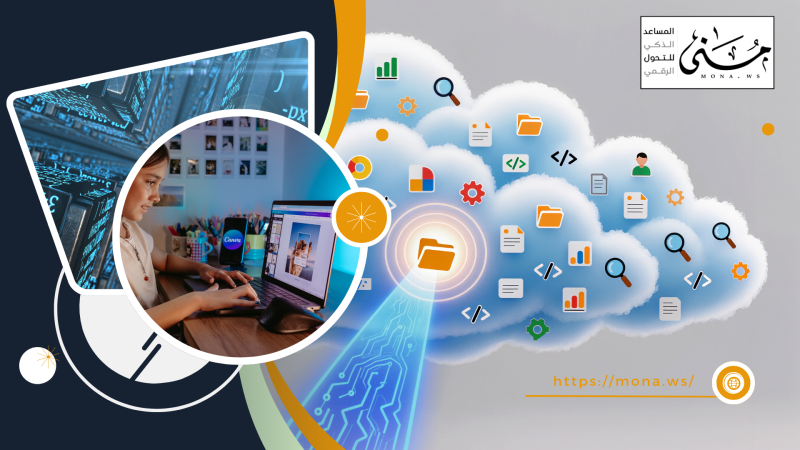

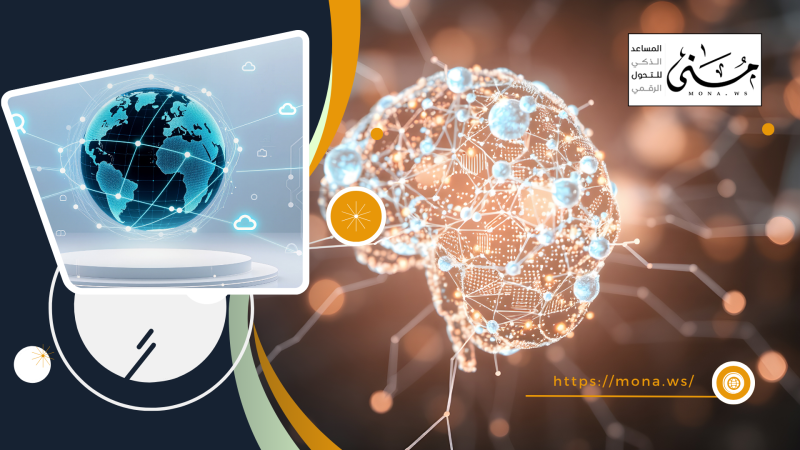
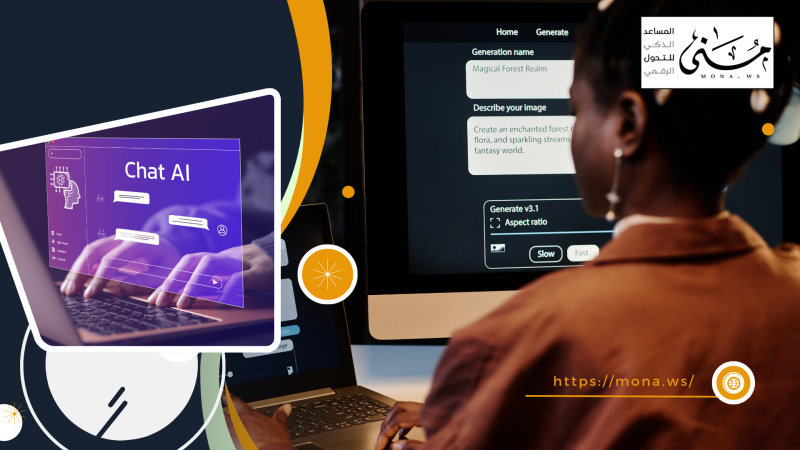
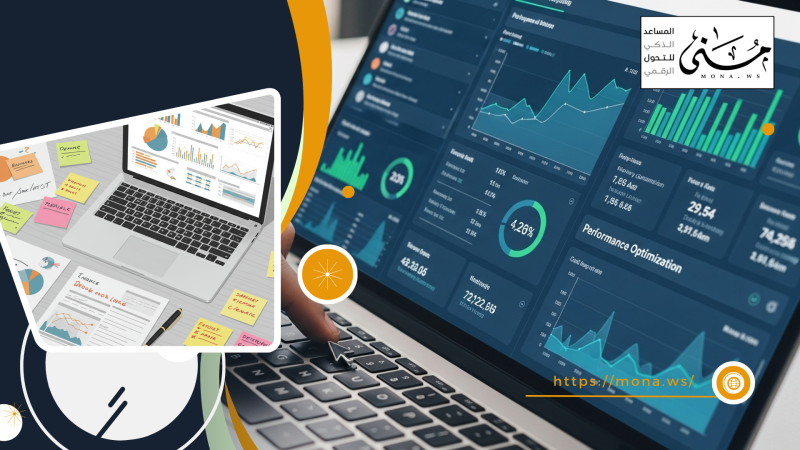

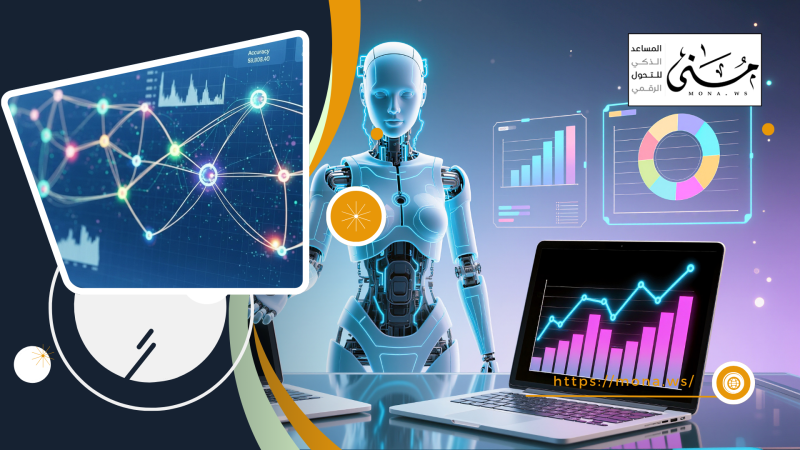

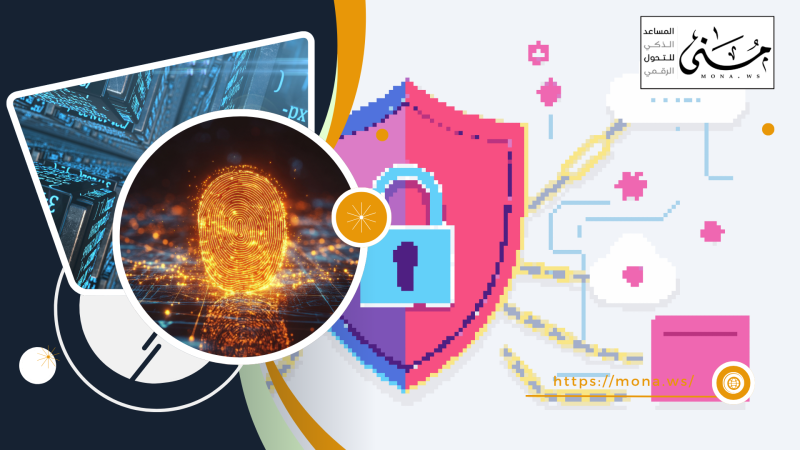
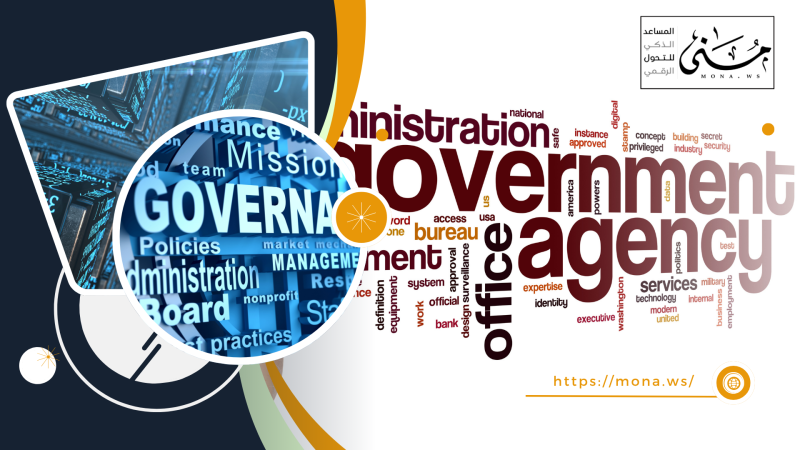
Comments
Add New Comment